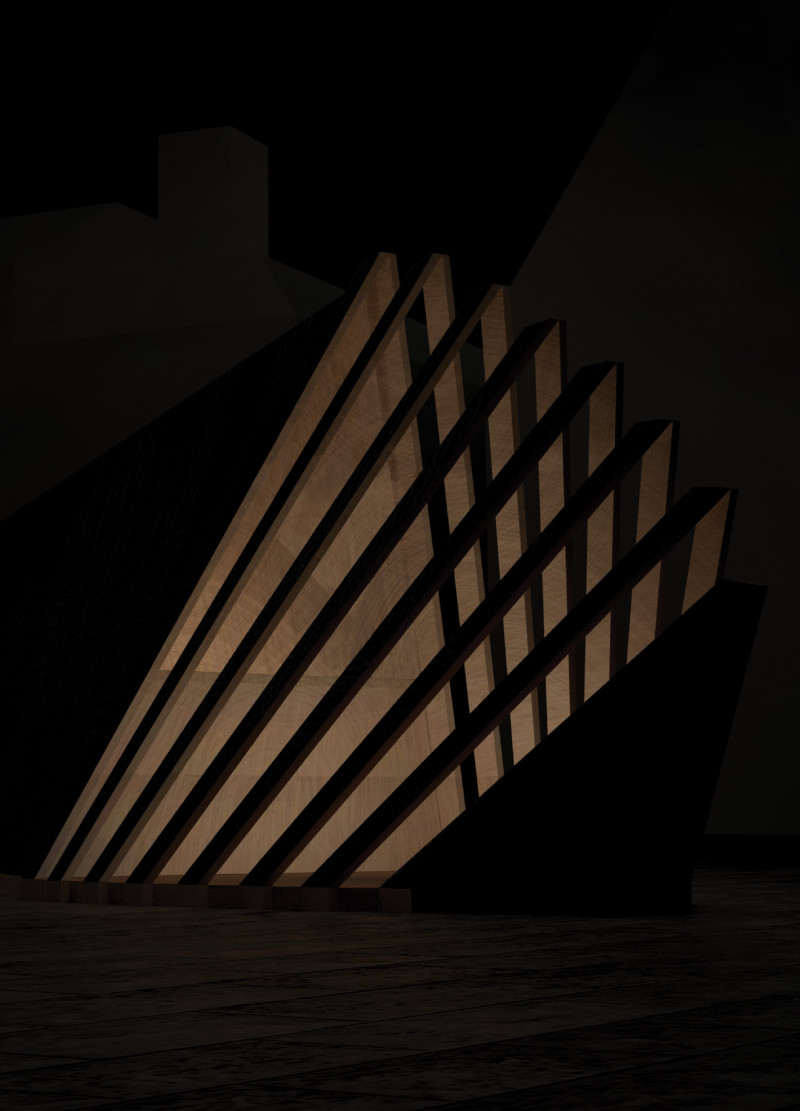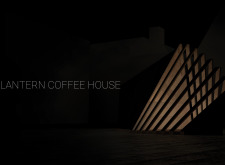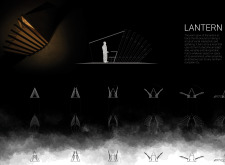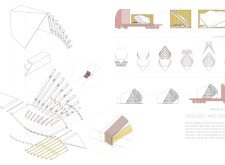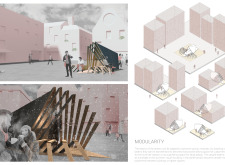5 key facts about this project
The Lantern Coffee House is designed to function as a modern social hub within Northern European cities. The kiosk aims to create an engaging environment where the community can gather and interact. Drawing inspiration from the form of a lantern, it features a warm glow that invites people in, establishing a welcoming atmosphere suited for socialization and connection.
Modularity and Adaptability
The design places a strong emphasis on modularity, enabling the beams of the structure to serve different purposes. By lowering them, the beams become benches, offering seating for customers. In addition to this, they act as sunshades, providing shelter from the sun during warmer months. This adaptability allows the space to meet the varying needs of users throughout the seasons, making it a versatile addition to urban settings.
Transport and Assembly
An important feature of the Lantern Coffee House is how easily it can be transported. The design allows the kiosk to be taken apart into manageable components that fit into a compact shipping container. This reduces logistical challenges in urban areas, making relocation straightforward. Assembly is also uncomplicated, as the integrated rib system permits easy setup with simple tools. This focus on transportability and assembly ensures that the kiosk can quickly adapt to different locations.
Aesthetic and Functional Integration
While specific materials are not detailed, the project successfully blends aesthetic appeal with practical elements. The design encourages engagement and interaction in public spaces, highlighting the role of architecture in community life. The form serves as a visual marker within the city, while the flexible layout emphasizes the importance of adaptable spaces that bring people together.
The detail that captures attention is how the lantern-like structure glows, creating a sense of warmth and connection. It combines functionality with a visual presence in the urban landscape, enhancing the experience of people as they move through the city.


